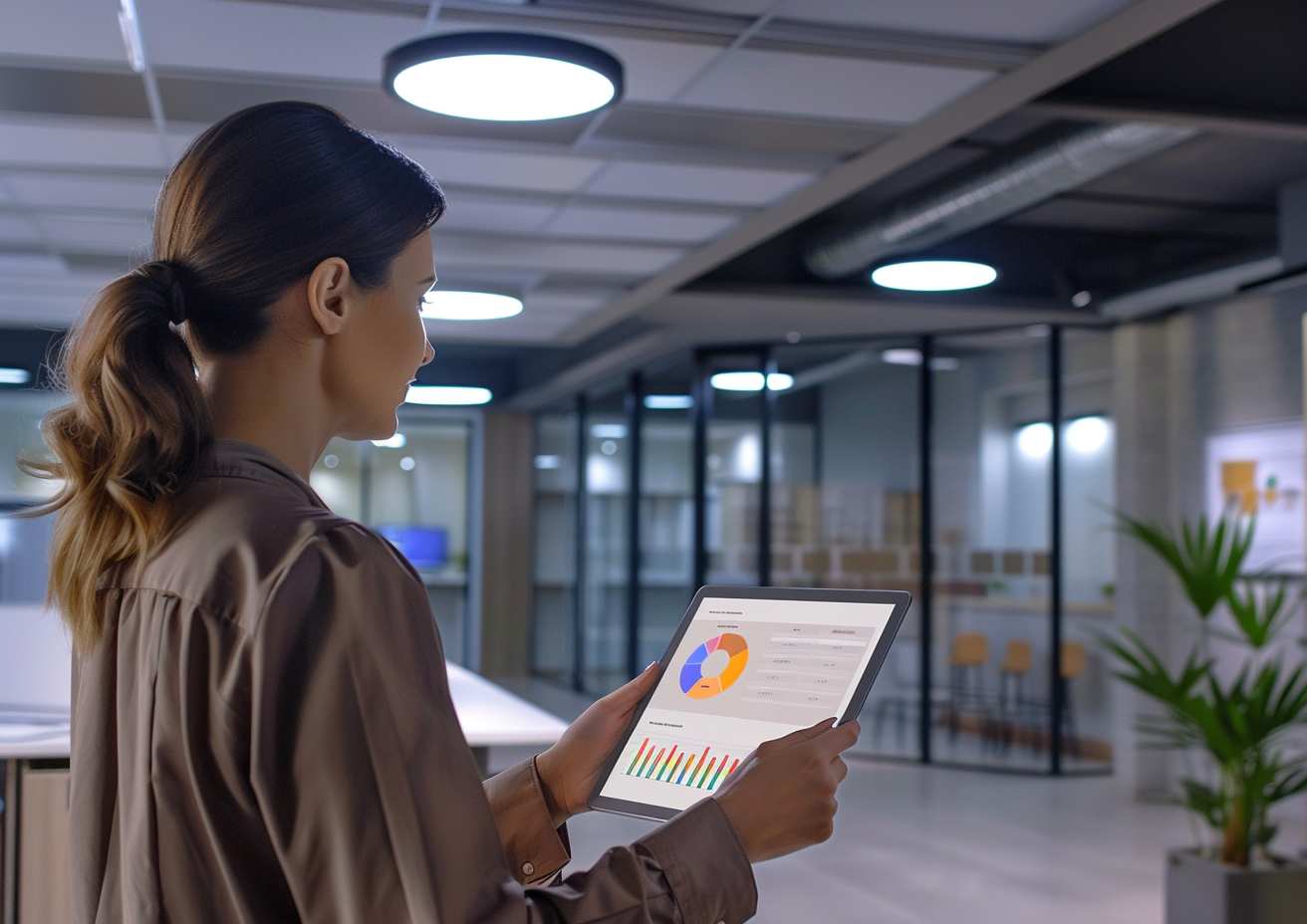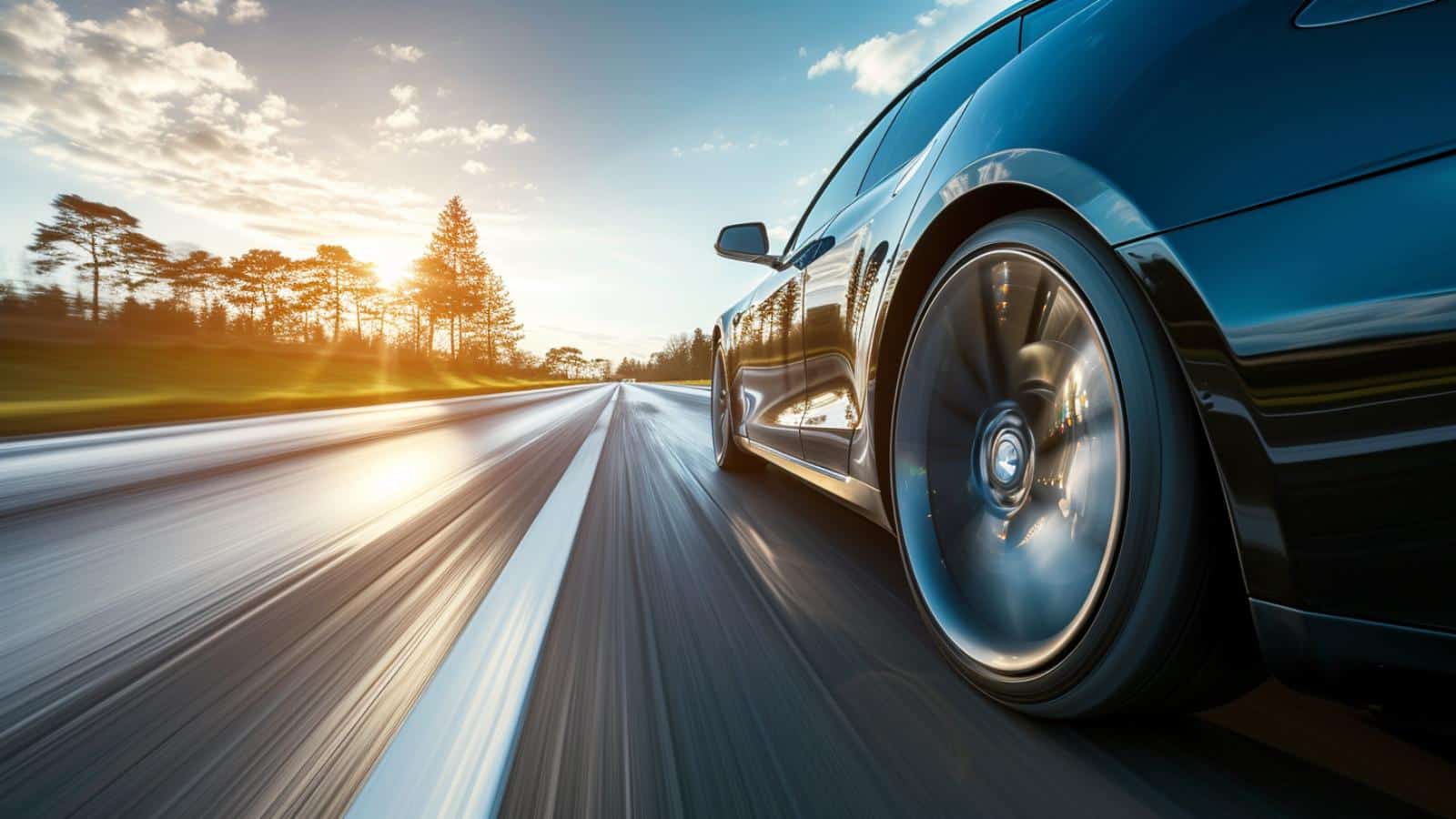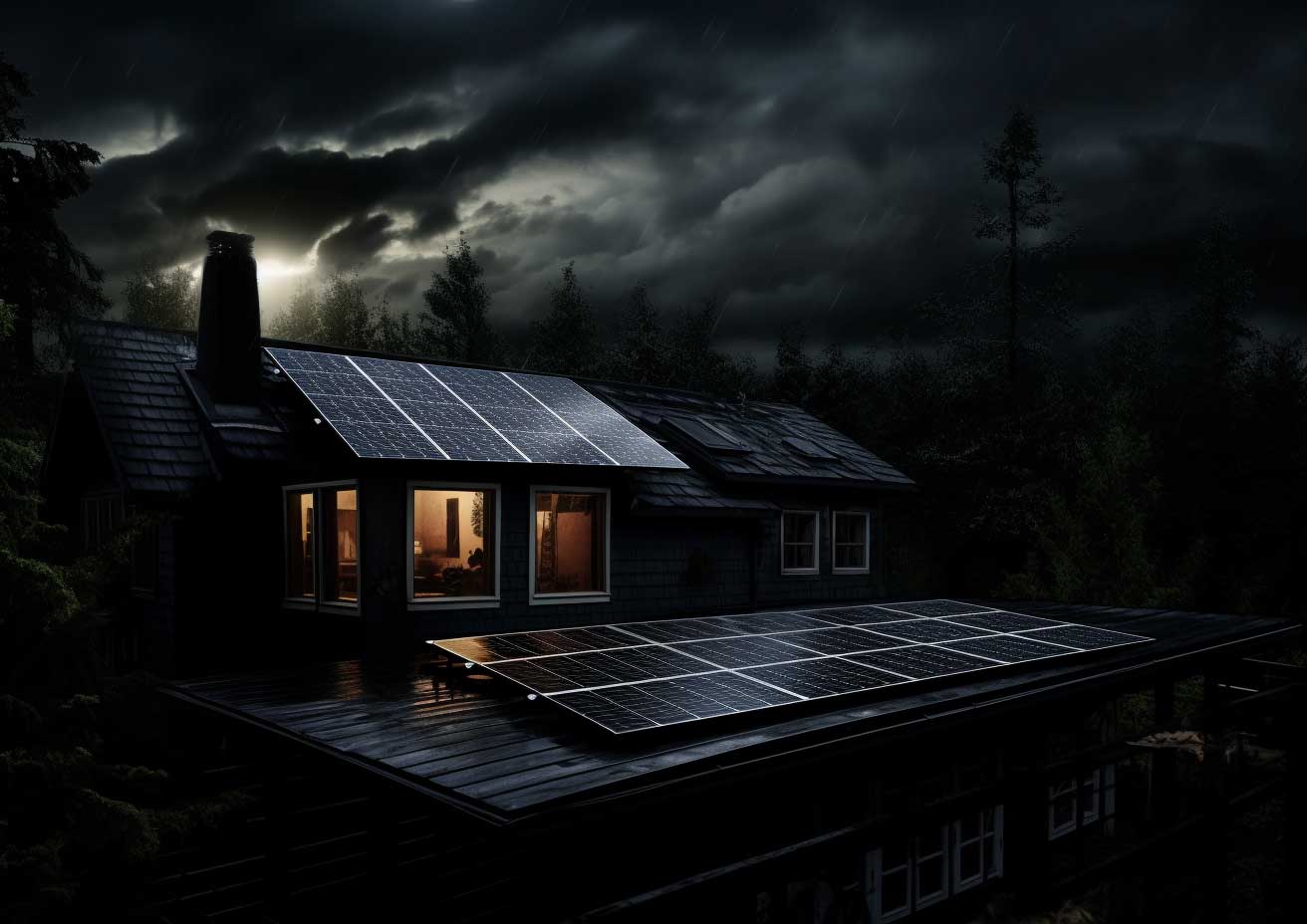With the rise of electric vehicles (EVs), understanding the various levels of EV charging is crucial for making informed decisions as an EV owner. Unlike refueling a gas vehicle, charging an EV involves different levels that offer different speeds and convenience. The Society of Automotive Engineers has outlined three levels of EV charging, namely Level 1, Level 2, and Level 3.
Level 1 charging refers to using a standard 120-volt wall outlet and offers the slowest charging speed. This option is commonly used for overnight charging at home or in situations where a faster charging option may not be available. Level 2 charging, on the other hand, utilizes a higher-powered AC charging station, usually with a 240-volt power source. Level 2 chargers can provide a faster charge compared to Level 1 chargers and are commonly found in public charging stations, workplace charging, or as home charging solutions. They are often preferred by EV drivers due to their convenience and reasonable charging speed.
Level 3 charging, also known as DC fast charging, is the fastest charging option and is primarily available in commercial charging stations. Level 3 chargers use direct current (DC) power and are capable of delivering a significantly higher charging speed compared to Level 1 and Level 2 chargers. These rapid chargers are commonly used by EV drivers who need quick charging, especially during long road trips. Tesla vehicles, for instance, have their own fast charging network called Tesla Supercharger, which provide DC fast charger speeds for Tesla owners.
Understanding the different levels of EV charging is essential for EV owners as it allows them to plan and optimize their charging strategies. Whether it’s overnight charging at home with a Level 1 charger, utilizing a Level 2 charger at a public charging station, or relying on a Level 3 charger for fast charging on the go, knowing the capabilities and availability of EV charger types ensures a seamless charging experience and maximizes the efficiency of EV battery usage.
Level 1 Charging: The Basics
First, let’s start with the basic level of charging – Level 1 charging. Level 1 charging, also known as standard charging, utilizes a basic level of charging provided by a standard 120-volt outlet. A Level 1 EV charger comes standard with every new electric vehicle, courtesy of the auto manufacturer. It is considered the slowest and simplest charging method, providing an average of 2 to 5 miles of range per hour of charging.
Level 1 EV charging is ideal for individuals who only need to charge their electric vehicles occasionally or have a short daily commute. Its convenience lies in the fact that it only requires a standard outlet, making it accessible for most EV owners. However, it is not the best option for those who require quick or frequent charging.
To give an idea of the charging time, fully charging a battery electric vehicle (BEV) through Level 1 charging may take around 40-50+ hours to reach 80% charge from empty. On the other hand, plug-in hybrid electric vehicles (PHEVs) can be charged within a shorter time frame of approximately 5-6 hours.
Overall, while Level 1 charging provides a convenient and accessible way to charge an electric vehicle, it is best suited for those with limited charging needs or shorter daily commutes, as it lacks the speed and efficiency required for quick or frequent charging.
Level 2 Charging: Faster and More Efficient
Level 2 charging is a significant step up in the world of EV charging levels explained. It offers a faster and more efficient way to charge electric vehicles, making it ideal for both EV drivers and those on long-distance travels. Utilizing a 240-volt outlet, a Level 2 charging station can provide a charging rate of approximately 10 to 30 miles of range per hour, depending on the specific electric vehicle and power output of the station. This type of charging is widely available for home, workplace, and public use, making it convenient for EV drivers wherever they go. However, Level 2 charging does require specialized equipment, such as a Level 2 EV charging station, and may require electrical capacity upgrades. Fortunately, there are various incentives available to help offset the installation cost, making it a viable option for more EV owners.
Level 2 chargers are known for their ability to provide rapid AC power through 240-volt or 208-volt electrical service, making them an efficient choice for EV drivers. With a Level 2 EV charger, a battery electric vehicle (BEV) can charge up to 80 percent from empty in approximately 4 to 10 hours, while a plug-in hybrid electric vehicle (PHEV) can achieve a full charge in just 1 to 2 hours. This makes Level 2 charging a practical solution for those who need a quick charge, whether at home, work, or in public places. Overall, Level 2 charging offers a balance between convenience and charging speed, catering to the needs of EV drivers across different scenarios and contributing to the growth of the electric vehicle industry.
Level 3 or DC Fast-Charging: The Speedy Solution
Level 3 charging, also known as DC fast charging, is a crucial component of electric vehicle charging infrastructure. This high-voltage DC level charging method delivers rapid charging, offering up to 180-250 miles of range per hour. Level 3 charging stations are specifically designed to cater to the needs of EV drivers, particularly during long-distance journeys or when charging EV fleets. These charging stations play a significant role in public charging requirements, ensuring convenience for travelers on the go. However, it is worth noting that Level 3 charging is the most expensive option and suffers from limited availability compared to other charging levels.
For electric car owners, Level 3 charging stations are a game-changer, making long-distance travel more accessible than ever before. Major providers like Tesla’s Supercharger network, EVgo, and Electrify America have established Level 3 charging stations across the country, expanding the reach of electric vehicle charging infrastructure. Along heavily-traveled routes, these stations offer swift charging at conveniently located points, allowing EV drivers to achieve up to 80% charge in as little as 20 minutes to an hour. It’s important to mention, however, that Level 3 chargers are not compatible with most plug-in hybrid electric vehicles currently available in the market. Additionally, due to their substantial electrical requirements and high installation costs, installing a Level 3 charging station in residential homes is not advisable.
Understanding the Various Levels of EV Charging
Understanding the different levels of EV charging is crucial for individuals considering purchasing an electric vehicle or those who already own one. When charging an electric car, one must choose an appropriate EV charging level to determine the charging speed and cost, and then connect the vehicle to an EV charging station. Level 1 charging is the most convenient and commonly available option, as it can be done using a regular household outlet. However, it is the slowest charging option and may not be sufficient for those with longer commutes or higher energy requirements.
On the other hand, Level 3 charging, also known as DC fast charging, is the fastest option available for electric car charging. It provides a rapid charge, allowing EV owners to replenish their vehicle’s battery in a shorter amount of time. However, Level 3 charging infrastructure is still growing, and the cost of installation and usage is generally higher compared to other levels. This makes it less accessible for everyday use and more suitable for long-distance travel or emergency charging situations.
Meanwhile, Level 2 charging is considered the most versatile option as it strikes a balance between convenience and efficiency. It provides faster charging than Level 1 and is suitable for daily use by most EV owners. However, Level 2 charging may require specialized equipment and potentially require upgrades to electrical systems to support the higher power requirements. Despite these potential requirements, the flexibility and relative affordability of Level 2 charging make it a popular choice among EV owners.
As the number of EVs on the road continues to increase and charging station infrastructure expands, understanding the different EV charging levels becomes increasingly important. This knowledge allows potential and current EV owners to make informed decisions regarding their charging needs, taking into account factors such as charging speed, convenience, and cost. It is important to stay updated on the advancements in electric car charging technology and infrastructure to ensure that one’s EV charging needs are met efficiently and effectively.
According to the US Department of Transportation, the average commuter drives 39 miles per day. Simply charging with a Level 2 charger for only a few hours each day would satisfy the average American driver’s needs and provide sufficient driving range.
The good news is a growing number of businesses see the value in commercial EV charging and are starting to install workplace charging stations for their employees and customers. Some workplace or retail charging stations are free, while others charge a flat rate or by kilowatt-hour (kWh).
No matter which type of charging you choose, you’ll need to consider your local electricity rates, the cost to install an EV charging station, and EV driving range before making a decision. This will help ensure that you make the most cost-effective choice for both your budget and electric car needs. Additionally, some states have incentives or rebate programs available that can lower the cost of installing an EV charger.




